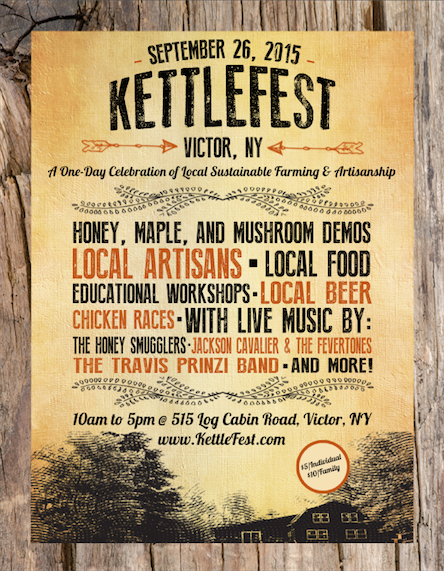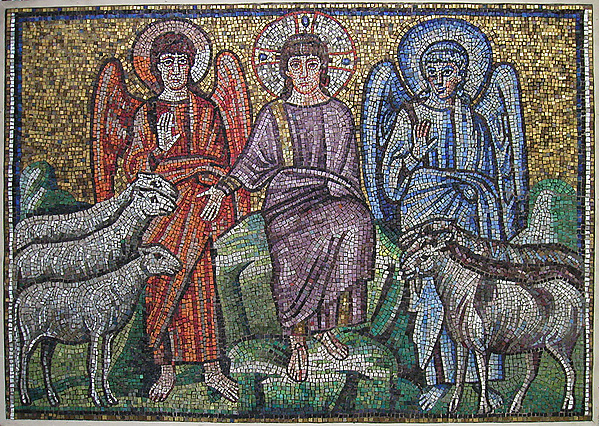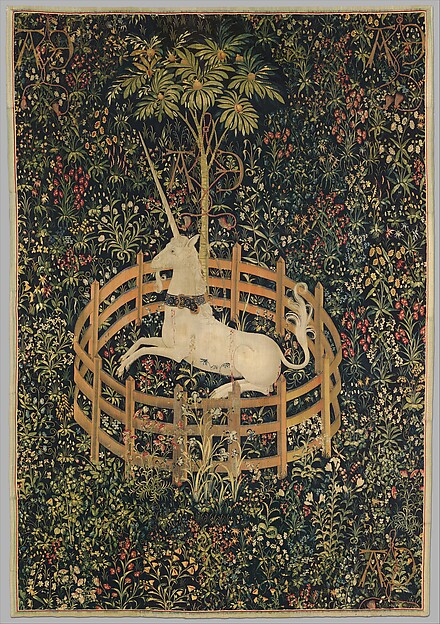To write a well-rounded art history paper, you
should start off with some general knowledge on the artist, the cultural
climate, the art movement, the process of creating the artwork, and the
symbols/meaning in the artwork. So what do you do when you know none of these
things? Well, take a moment and look and the catalogue entry for your artwork. It
is very unlikely that you have literally nothing to go on. You probably have a
date and geographic location at the very least, which really is enough to get
you started.
1. Writing
about an Artwork with an “Unknown” Artist
Unless you go to school in a city with a large,
popular art museum, your local museum will probably have dozens of “no-name”
artists with the occasional headliner in each gallery. Such was true for my paper on Hendrick
Heerschop’s The Doctor’s Visit. While
Heerschop is a known Dutch Golden Age painter, there are not many biographical analyses
on him – at least not any that I could find. I also couldn’t find any
information on the painting beyond the gallery label. However, doctor’s
visits are a popular theme in Dutch genre paintings. And do you know who
painted doctor’s visit scenes? Jan Steen, Samuel van Hoogstraten, and Gerard
Dou – all well-known Dutch painters with detailed essays on their paintings. So
for my essay, I looked at the paintings of these well-known artists and
compared their more detailed symbolism to the fairly simple composition of Heerschop.
By finding differences and similarities between Heerschop and the other
painters, I was able to talk about Dutch doctor paintings as a whole rather
than focusing on this one painting. As a bonus, Dutch Baroque art is so easy to
write about because scholars already know a lot about the culture and how it
was a catalyst for the changing art world at the time.
Your
Take-Away:
- Find well-known
artists with a similar subject or style to your artist and use them to compare/contrast
to your artwork.
- Are you writing
about a nativity scene? Find nativity scenes from the same area/time or from
different areas/times to show the changes in depictions.
- Is your artist
obviously a Caravaggisti? Talk about all the elements borrowed from Caravaggio.
- Pick an artwork
from a time of change in society – political, economic, and cultural turmoil or
prosperity will always find a reflection in artwork.
- Some examples
include the Counter Reformation, Rococo, and German Expressionism
2. Writing
about a Mystery Artwork
In last week’s post I mentioned my research paper
on the Byzantine mosaic Separation of
Sheep and Goats. I chose this artwork even though I only knew it’s era,
location, and the subject. I chose it because I had questions that I wanted to
answer. Originally, I was concerned with the identity of the two angels and the
obvious color choice made in the selection of their tiles. Then I decided I
needed to find the original purpose of the moasic. Eventually, I expanded my research to
include the symbolism of sheep and goats as inherently good and evil. So how
did I begin?
I started by scouring the library for books on medieval
angels – theology, iconography, you name it. I tried to identify the mosaic angels as
archangels, but there was no symbolism to support that claim. But guess what?
That search for information can still be used in your paper! Remember science
class? I suggested my hypothesis, summarized my evidence, and stated my
conclusion. In this case, I was wrong, and they were probably general angels to
represent all angels. I did find that red and blue are attributed to certain orders
of angels, and matched those attributes to the positions of the angels.
To find the original purpose of the mosaic I
searched for similar mosaics in books of Byzantine art and read about the
divisions of artwork in a Byzantine church. I learned that only certain themes were
allowed at certain heights on church walls, and that there is only one recorded
sheep and goats scene at the apse of a church. The size and proportions of the
mosaic also helped me guess at its placement because the elongated figures lend
themselves to a high wall or ceiling, which would correct the proportions when
viewed from below.
To research the symbolism of the sheep and goats,
I started by reading several analyses on the Biblical reading from Matthew. I
was surprised to find an article examining the societal opinion towards sheep
and goats during the time Matthew would have wrote this passage. This insight
into his intended audience added something special to my paper. The paper would
have been fine without it, but this was one of those “extra step” moments.
Your Take-Away:
- Pick an artwork
with questions that you can answer.
- Start with what you know.
- Jesus' purple robes and halo are a common representation that you should know from lecture classes.
- Talk about the development of familiar symbols/iconography.
- Don't be afraid to prove yourself wrong - state an idea, look for evidence, and conclude whether your statement was valid or invalid. If invalid, keep writing about more theories until you can support a valid hypothesis.
- Try to identify
the original purpose/placement of your artwork. Look at the subject as well as the physical characteristics of the artwork to help you.
- Research
outside of the art-world. History, theology, culture, and more can open your
eyes to relevant information.

The most important tip with any research paper is
to have lots and lots of sources from diverse scholarly opinions. Your
professor might require three non-internet sources,but can you guess my average number
of sources on a research paper? Eleven sources. All of which were books or
articles that I had to manually search through for information - no ctrl+f in a
hardcover. And that’s just my credited sources! I probably read twenty or more
books and articles with some being completely useless and others only
reiterating what I already read. It is a lot of work, but it is so worth it
when you find that single sentence nugget of information that drives your whole
thesis home. Of course, it helps to be interested in your research, and I’m a
pro at turning a seemingly dull assignment into an interesting project. Join me
next week as I share my secrets in Part
3: How to Write About Whatever You Want.






















 by Frank Thomas and Ollie Johnston. Here is my quick interpretation of the principles:
by Frank Thomas and Ollie Johnston. Here is my quick interpretation of the principles:
 (New York, NY: Hyperion, 1991)
(New York, NY: Hyperion, 1991)

